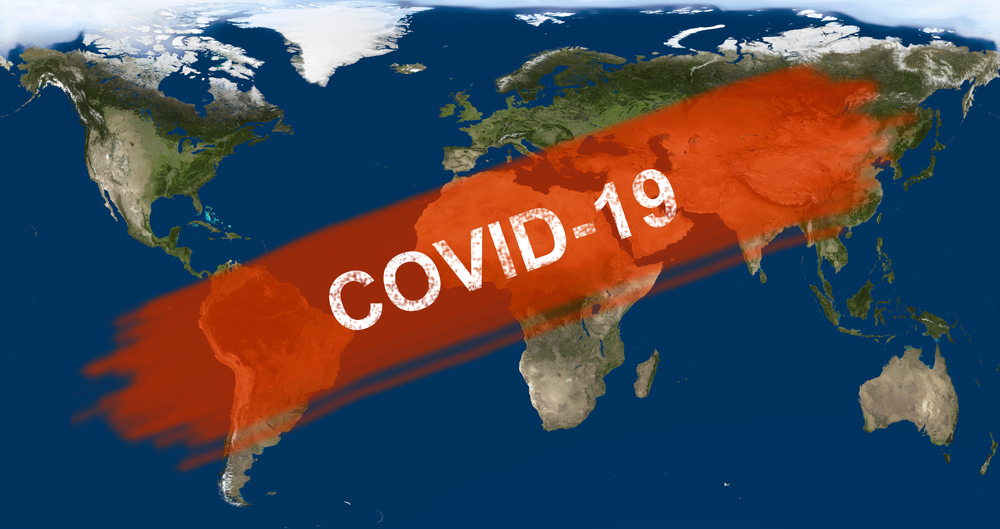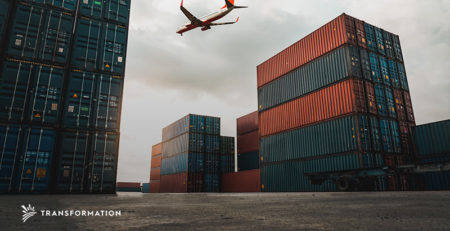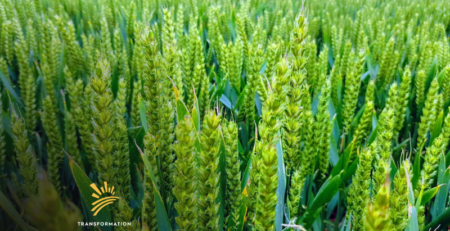The Environmental Related Aftermath of COVID-19
COVID-19 and the Environment
Now, more than ever, with COVID -19 running rampant it is clear that our environment and mother nature is and has been under an increasing amount of stress as human activity has altered over 75% of the earth’s surface. As the human population continues to grow and as we consume natural resources at exponential rates, we continue to push wildlife and nature into a smaller corner of the planet, and there are consequences. COVID-19 is a reminder of the risks associated with climate change.
The current COVIC-19 pandemic has changed the lives of the global population; thousands of lives lost and thousands more fighting this disease. Even if you are well, your life has changed dramatically because of this. Air travel has come to a halt and we are moving less as we hunker down in homes. In turn, our environment and global pollution rates are currently down. BBC reported that in New York, the amount of carbon monoxide from cars has been reduced nearly 50% from last year. In China, emissions fell by 25% and coal use by some of the largest producers in China also fell by 40%.
Now, by any standard, this seems like good news, but professionals are urging us to realize that this does not mean the fight against climate change is anywhere near over. However, it can be an opportunity to plan for a more sustainable future and a friendlier environment.
Is There an Environmental Silver Lining to COVID-19?
The reduction of pollution during the global “shutdown” is undoubtedly a good thing, but is it a silver lining? How will going back to “normal” life be different, and will we consider the environment more, now that we’ve seen an example of what can happen when we don’t take care of our environment?
In a first person article, published on April 5, 2020, the UN Environmental Chief, Inger Andersen made the point that although there are environmental-related improvements happening because of the COVID-19 lockdown, they are temporary:
“Visible, positive impacts – whether through improved air quality or reduced greenhouse gas emissions – are but temporary, because they come on the back of tragic economic slowdown and human distress.”
The only action that would truly change the trajectory of greenhouse gas in the atmosphere is a long-term systemic shift (UN).
A Framework for the Future is Required
Since driving and aviation contribute 72% and 11% of the global transportation sector’s greenhouse emissions respectively, we can agree that as soon as travel restrictions are lifted, emissions will go up.
In order to prevent this, or at least slow the rates of re-pollution, we must build a plan into the economy that is to emerge from this pandemic. The UN article points out that the opportunity is in the post-2020 biodiversity framework “that countries around the world are expected to agree on this year matters greatly. An important pillar in our post-COVID-19 recovery plan must be to arrive at an ambitious, measurable and inclusive framework, because keeping nature rich, diverse and flourishing is part and parcel of our life’s support system.”
So as we begin the recovery, it’s important that lawmakers and organizations working towards the UN Sustainability Goals understand that areas like impact investing and green jobs are focused on in order to help improve planetary health, and human health. Doing so may just help curb future zoonotic related pandemics, which is something that despite party, race, or religion, we can agree that we need to avoid at all costs.




Leave a Reply